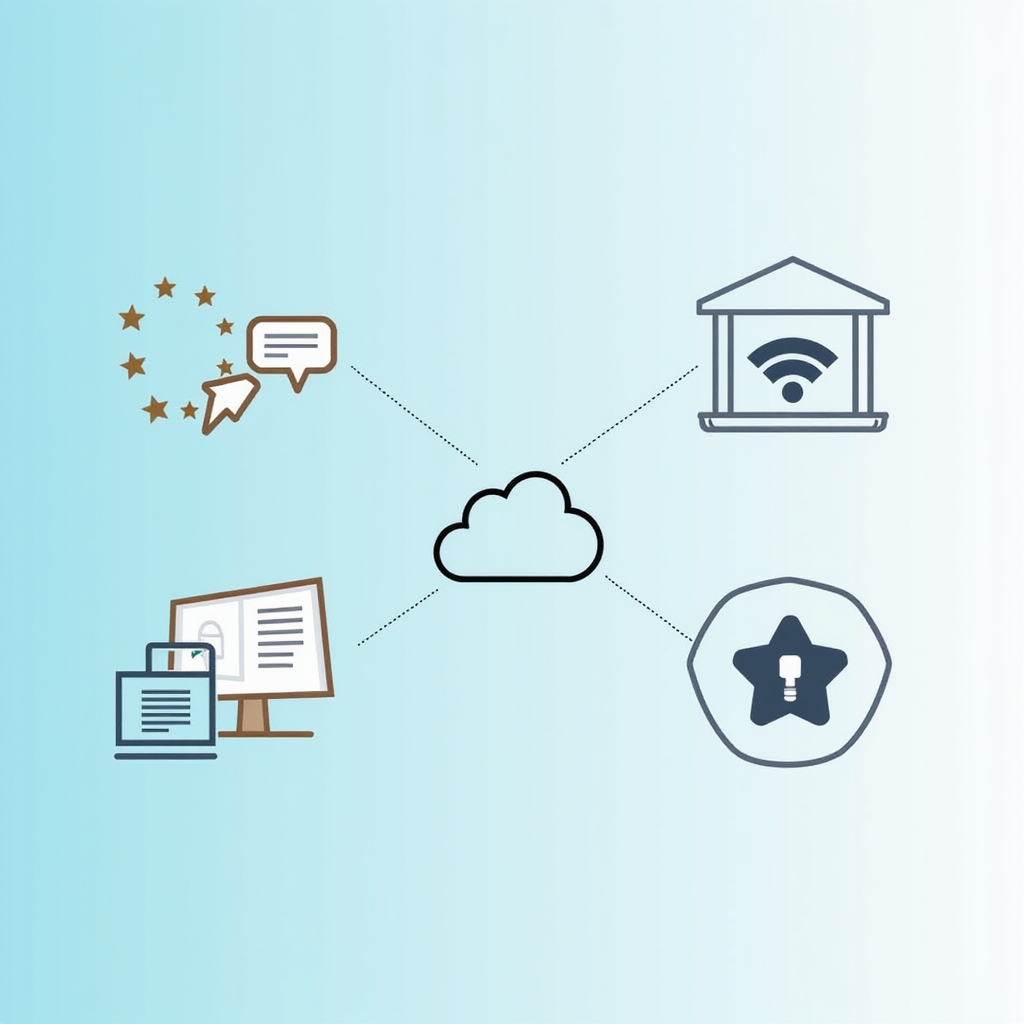Welcome to

Cloud Computing and DevOps
Dive into the world of cloud innovation and DevOps excellence. From AWS mastery to automation best practices, level up your tech journey!
Featured Posts
Latest Articles
AWS Direct Connect: A Deep Dive for the SAP-C02 Exam
AWS Direct Connect Features
DevOps for Microservices: Enhancing Scalability in Startup Environments
In the dynamic and competitive landscape of startups, the strategic integration of microservices architecture with DevOps practices has emerged as...
Harnessing the Flywheel Effect: Momentum-Building in the Age of Cloud Computing
Dr. Werner Vogels is the Chief Technology Officer at Amazon.com. He is known for his keynotes and speeches on cloud...
3 Benefits of Regular Data Security Audits for Businesses
In an era where all business processes are dominated by technology, there is a continuous need to protect your sensitive...
How to Coordinate Multiple Scrum Teams
In today’s fast-paced business environment, scaling and coordinating multiple Scrum teams can be challenging. However, your organization can thrive with...








